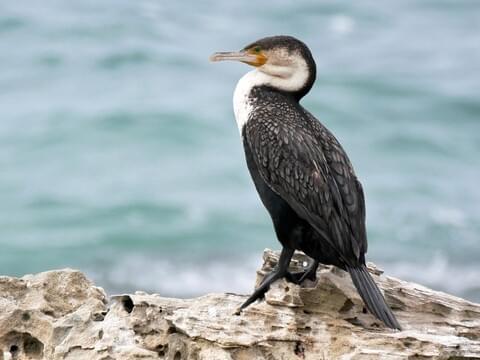
Great Cormorant
Phalacrocorax Carbo
Order:
Family:
Size:
80-100 cm
Weight:
1810-2810 g
Taxonomy:
P. c. sinensis (Staunton, 1796)
Short Description:
The Great Cormorant is a medium-to-large sized seabird with a long neck, hooked bill, and dark plumage. In breeding plumage, adults display a glossy black coloration with a white throat patch and some white markings on the face. During non-breeding season, the white patches become less distinct. Juveniles have a duller plumage and lack the glossy sheen of adults.
Far far away, behind the word mountains, far from the countries Vokalia and Consonantia, there live the blind texts. Separated they live in Bookmarksgrove right at the coast
Great Cormorant is primarily found along coastal areas, estuaries, rivers, lakes, and reservoirs. They may also inhabit inland wetlands during migration or wintering periods. Major water bodies such as the Indus River, coastal areas of Sindh and Balochistan, and freshwater lakes like Keenjhar Lake and Haleji Lake provide suitable habitats for these birds.
Great Cormorants are highly skilled divers and feed primarily on fish, although they may also consume crustaceans and other aquatic organisms. They are often seen swimming low in the water, with only their long necks and heads visible. After fishing, they frequently perch on rocks, branches, or other elevated structures to dry their wings, as their plumage is not entirely waterproof. These birds are social and often gather in large flocks, especially during the non-breeding season. During the breeding season, they form colonies on coastal cliffs, islands, or trees near water bodies, where they construct nests out of sticks and other materials.
Far far away, behind the word mountains, far from the countries Vokalia and Consonantia, there live the blind texts. Separated they live in Bookmarksgrove right at the coast
About Photographer : Hello World
Facebook
Twitter
Instagram
Flicker
LinkedIn

